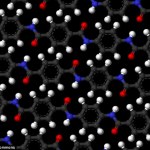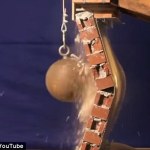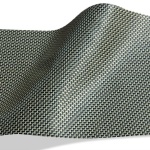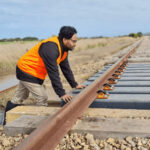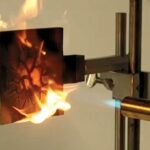The chemical substance known as Kevlar has saved thousands of lives and improved millions of products.
Kevlar is used in everything from bike tires to sails to battle vests. Now, the military is using it for wallpaper.
The U.S. Army has developed a new Kevlar-based wallpaper that is designed to keep soldiers safe from explosions. When the wallpaper is applied to a normal wall, it acts as a safety net; it catches and maintains all debris in its original state.
This wallpaper is made of “sticky fabric that is fortified with Kevlar fibres and could be swiftly applied to walls in war zones to make hideouts for soldiers safer,” according to the Daily Mail.
But how effective is this wallpaper safety net? Popular Science and engineer Theodore Gray recently filmed a test in which they applied the wallpaper to a normal brick wall and began hitting it with a wrecking ball. After a number of attempts, the wall was still standing. “You can see [that the wrecking ball] has literally broken the wall in half and yet the wallpaper held,” Gray said.
The idea of an architectural safety net isn’t new, as designers have tried to build similar devices into buildings in the past. What makes this ballistic wallpaper unique is how quickly a soldier can apply this material to the everyday household.
“‘Ballistic wallpaper is still in the research and development stage and does not yet have an official name“, Nick Boone, a research mechanical engineer with the U.S. Army, told The Huffington Post, “but it could one day be produced and fielded and hopefully save lives.”
Photo 2’s caption: The wallpaper is made from a sticky fabric that is fortified with Kevlar fibres. A molecular model of the material is shown in the image . Its structure gives it a high tensile strength-to-weight ratio – five times stronger than stee.



